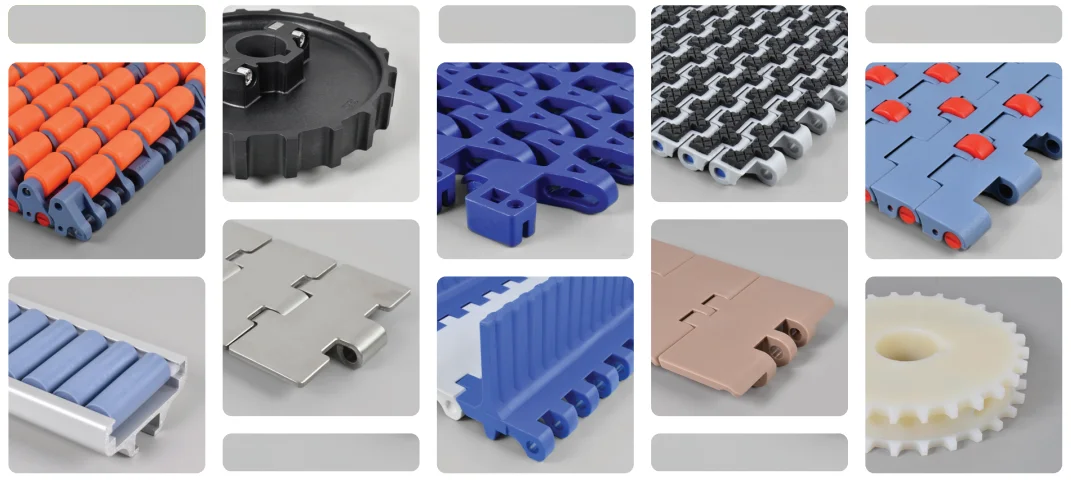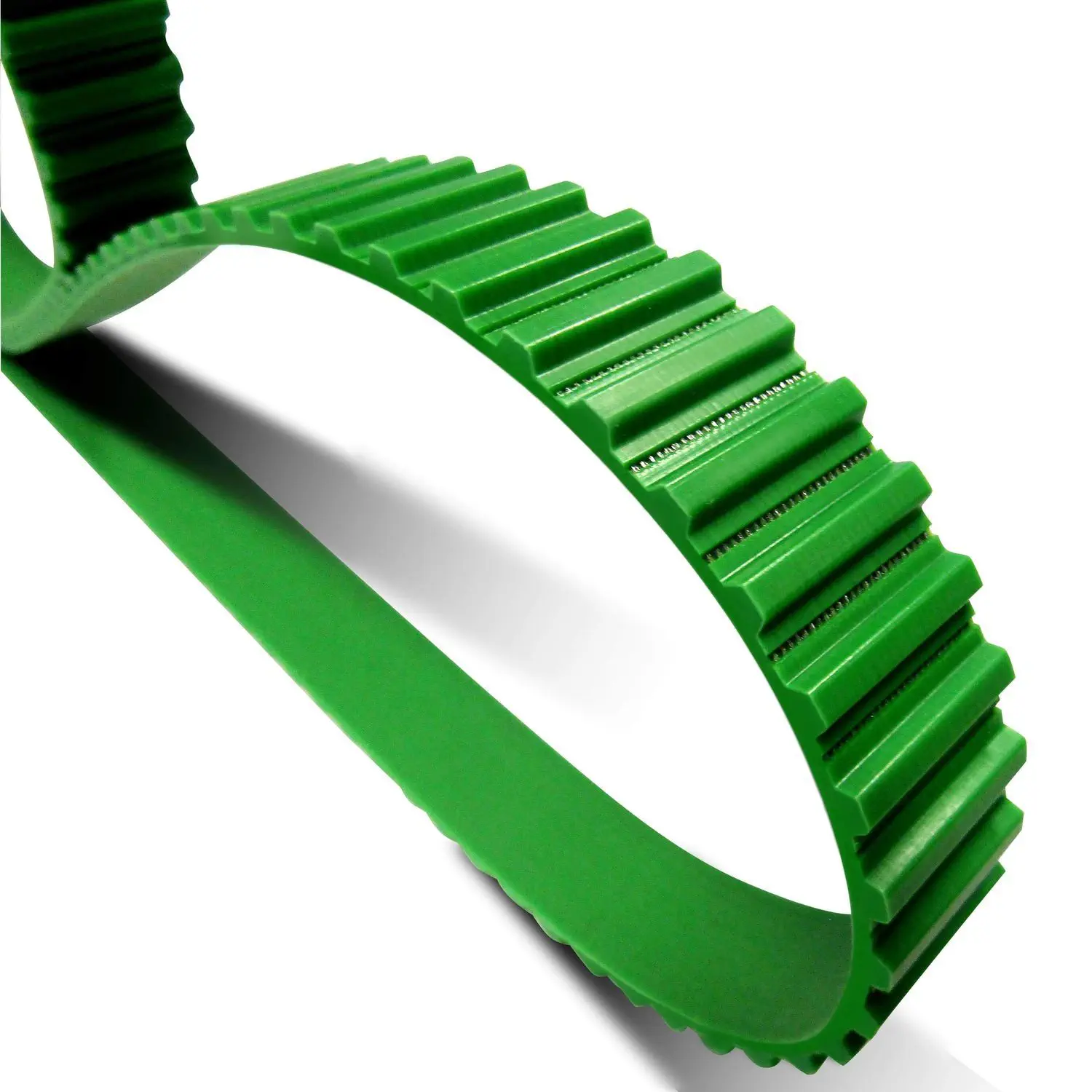Product Description
Our Services
Product Design Material Selection
Mold Design Mold Making
Bulk Production Logo Printing
Surface Treatment Assembling
Packaging Door to Door Delivery
| Material | Nylon ,mc nylon, POM,ABS,PU,PP,PE,PTFE,UHMWPE,HDPE,LDPE, PVC,etc. |
| Color | Black, white, red, green, transparent or any color according to Pantone code |
| Size | As per customer’s requirements |
| Technology | Injection molding, CNC machining, Extrusion |
| Surface Treatment | Powder coating, Zinc coating, Galvanization, Electro-deposition coating, Chrome/zinc/nickel plating, Polishing, Silkscreen, Black oxide |
| Application | Automotive, ATV, Mechanical equipment, Construction, Home appliance, Aviation, Office facilities, Agriculture, etc. |
| Shippment | We have longterm cooperation with internation shipping agent and express company, so that shipping safty and arriving time are secured |
Detail Image
Why Choose Us
CZPT is a leading manufacture of OEM parts in rubber & plastic & metal parts. We are always pursuing providing better quality products in shorter period. With a knowledgeable team which has experience in molding and production, we are confident to help you develop and manufacture your product.
Our Machine
Product Range
Contact Us /* March 10, 2571 17:59:20 */!function(){function s(e,r){var a,o={};try{e&&e.split(“,”).forEach(function(e,t){e&&(a=e.match(/(.*?):(.*)$/))&&1
| Pulley Sizes: | Type D |
|---|---|
| Manufacturing Process: | Forging |
| Material: | Customized |
| Samples: |
US$ 999/Piece
1 Piece(Min.Order) | Order Sample For sample price, package information, and logisti
|
|---|
| Customization: |
Available
| Customized Request |
|---|
.shipping-cost-tm .tm-status-off{background: none;padding:0;color: #1470cc}
|
Shipping Cost:
Estimated freight per unit. |
about shipping cost and estimated delivery time. |
|---|
| Payment Method: |
|
|---|---|
|
Initial Payment Full Payment |
| Currency: | US$ |
|---|
| Return&refunds: | You can apply for a refund up to 30 days after receipt of the products. |
|---|

Can you provide insights into the future trends and developments in plastic belt technology for industrial conveyance?
Plastic belt technology for industrial conveyance is continuously evolving, driven by advancements in materials science, manufacturing processes, and industry demands. Here are some insights into the future trends and developments in plastic belt technology:
- 1. Enhanced Material Formulations:
Future developments in plastic belt technology will likely involve the development of advanced material formulations with improved properties. Manufacturers are investing in research and development to enhance the strength, durability, and wear resistance of plastic belts. These developments may include the use of new polymers, additives, and reinforcement materials to create belts that can withstand higher loads, temperatures, and abrasive environments.
- 2. Increased Customization:
Customization is becoming a significant trend in plastic belt technology. Conveyor systems are used in a wide range of industries with varying requirements, and customization allows for tailored solutions. In the future, plastic belt manufacturers may offer a wider range of customization options, such as belt width, surface patterns, and specialized coatings, to meet specific application needs. This trend will enable optimized performance, improved efficiency, and reduced maintenance for industrial conveyance systems.
- 3. Integration of Smart Technologies:
Smart technologies are increasingly being integrated into industrial systems, and plastic belt technology is no exception. In the future, plastic belts may incorporate sensors, data collection devices, and connectivity features to enable real-time monitoring and analysis of belt performance. This integration of smart technologies will allow for predictive maintenance, early fault detection, and optimization of conveyor system efficiency. The data collected from the belts can be used to optimize operations, reduce downtime, and improve overall productivity.
- 4. Focus on Sustainability:
Sustainability is a growing concern in the industrial sector, and future developments in plastic belt technology will likely reflect this trend. Manufacturers are exploring ways to reduce the environmental impact of plastic belts by incorporating recycled materials, adopting more sustainable manufacturing processes, and improving end-of-life management. Additionally, there may be an increased emphasis on designing belts that are lighter in weight, energy-efficient, and recyclable, thus further enhancing the sustainability profile of plastic belt technology.
- 5. Advancements in Joining and Splicing Techniques:
The joining and splicing of plastic belts are critical for creating a continuous and reliable conveyor system. Future developments may focus on advancements in joining and splicing techniques to improve the strength, flexibility, and longevity of belt connections. This can involve the development of new bonding agents, welding methods, or mechanical fastening systems that provide stronger and more durable belt joints. These advancements will contribute to the overall performance and reliability of plastic belt technology in industrial conveyance.
In summary, the future of plastic belt technology for industrial conveyance is expected to witness advancements in material formulations, increased customization options, integration of smart technologies, a focus on sustainability, and improvements in joining and splicing techniques. These developments will drive enhanced performance, efficiency, and sustainability of conveyor systems, meeting the evolving needs of industries across various sectors.

Are there specific maintenance considerations for plastic belts in comparison to other conveyor belt materials?
Yes, there are specific maintenance considerations for plastic belts that differ from other conveyor belt materials. Here’s a detailed explanation:
- 1. Cleaning and Sanitization:
Plastic belts generally have smoother and non-porous surfaces compared to other conveyor belt materials such as fabric or rubber. This characteristic makes plastic belts easier to clean and sanitize. They can be cleaned using standard cleaning agents, high-pressure washdowns, or even steam cleaning. Regular cleaning is essential to remove food residues, dirt, or contaminants and maintain the hygiene and cleanliness of plastic belts in applications such as food processing. However, it’s important to follow the manufacturer’s guidelines for cleaning methods and avoid using harsh chemicals that may damage the plastic material.
- 2. Belt Tracking:
Proper belt tracking is important for the smooth and efficient operation of conveyor systems. Plastic belts may require more frequent monitoring and adjustment for proper tracking compared to other materials. Factors such as changes in tension, load distribution, or environmental conditions can affect belt tracking. Regular visual inspection and adjustment of tracking mechanisms, such as tensioners or tracking guides, are necessary to ensure the plastic belts stay aligned and centered on the conveyor system.
- 3. Wear and Tear:
Plastic belts can experience wear and tear over time due to factors such as friction, load impacts, or abrasive materials. Regular inspection of the belt surface for signs of wear, including cracks, tears, or fraying, is important to identify potential issues early. Some plastic belts may have wear indicators that help determine when the belt needs to be replaced. It’s essential to follow the manufacturer’s recommendations for belt replacement intervals and consider using reinforced or heavy-duty plastic belts in applications where increased durability is required.
- 4. Temperature Considerations:
Plastic belts have specific temperature limitations compared to other conveyor belt materials. Extreme temperatures can affect the performance and longevity of plastic belts. High temperatures can cause plastic belts to soften or deform, while low temperatures can make them brittle and prone to cracking. It’s important to choose plastic belts that are suitable for the temperature range of the application. In outdoor environments or applications with temperature fluctuations, using plastic belts with appropriate temperature resistance or considering additional insulation measures may be necessary.
- 5. Chemical Exposure:
Plastic belts may have different chemical resistance properties compared to other conveyor belt materials. Exposure to certain chemicals or corrosive substances can degrade the plastic material and compromise the belt’s performance. It’s crucial to select plastic belts that are compatible with the specific chemicals present in the application and consider using chemical-resistant coatings or additives if needed. Regular inspection for signs of chemical damage and prompt replacement of damaged belts are essential to maintain the integrity and functionality of plastic belts.
In summary, plastic belts have specific maintenance considerations compared to other conveyor belt materials. Cleaning and sanitization procedures, belt tracking, monitoring wear and tear, temperature considerations, and chemical exposure are important aspects to address when maintaining plastic belts. Following manufacturer’s guidelines, conducting regular inspections, and implementing appropriate maintenance practices can help ensure the longevity and optimal performance of plastic belts in conveyor systems.

How do plastic belts contribute to the efficiency and functionality of conveyor systems?
Plastic belts play a crucial role in enhancing the efficiency and functionality of conveyor systems. Here’s a detailed explanation:
- 1. Lightweight and High Strength:
Plastic belts are typically lightweight yet offer high strength and load-carrying capacity. Their lightweight nature reduces the overall weight of the conveyor system, resulting in lower energy consumption and reduced strain on the system’s components. Despite their lightness, plastic belts can handle heavy loads, making them suitable for a wide range of applications while maintaining efficiency and functionality.
- 2. Flexibility and Adaptability:
Plastic belts are highly flexible and adaptable, allowing them to conform to the shape of the conveyor system. This flexibility enables the belts to navigate around pulleys, curves, and other obstacles smoothly. It also facilitates easy installation and adjustment of the conveyor system, making it more versatile and accommodating to different layout configurations. The adaptability of plastic belts contributes to efficient material handling and optimized system functionality.
- 3. Low Friction and Energy Efficiency:
Plastic belts have low friction characteristics, which significantly reduce energy consumption in conveyor systems. The low coefficient of friction between the belt and the conveyor components minimizes resistance and allows for smooth movement of materials. This low friction property not only enhances the efficiency of the system but also reduces wear and tear on the belt and other system components, leading to extended service life and reduced maintenance requirements.
- 4. Chemical Resistance and Hygiene:
Plastic belts are often resistant to chemicals, oils, and other substances, making them suitable for conveying materials in various industries, including food processing, pharmaceuticals, and manufacturing. Their chemical resistance ensures that the belts can withstand exposure to corrosive or potentially harmful substances without degradation or contamination. Additionally, plastic belts can be easily cleaned and sanitized, promoting hygiene and meeting strict industry standards in applications where cleanliness is essential.
- 5. Noise Reduction:
Compared to traditional conveyor belts made of materials like metal or rubber, plastic belts offer noise reduction benefits. Plastic belts produce less noise during operation due to their inherent damping properties. This noise reduction is especially advantageous in environments where noise levels need to be minimized, such as in retail settings or sensitive manufacturing processes, contributing to a quieter and more comfortable work environment.
- 6. Durability and Longevity:
Plastic belts are known for their durability and longevity. They are resistant to wear, abrasion, and impact, ensuring reliable and long-lasting performance in demanding conveyor applications. Plastic belts are less susceptible to damage from moisture, temperature variations, and other environmental factors, which can compromise the functionality of other belt materials. Their durability and longevity contribute to increased uptime, reduced downtime, and overall cost savings in conveyor system operation.
In summary, plastic belts offer several advantages that contribute to the efficiency and functionality of conveyor systems. Their lightweight yet high-strength construction, flexibility and adaptability, low friction characteristics, chemical resistance, noise reduction properties, and durability make them valuable components in a wide range of industries. By utilizing plastic belts, conveyor systems can achieve improved material handling efficiency, reduced energy consumption, enhanced hygiene, minimized maintenance requirements, and extended service life.


editor by CX 2024-02-26